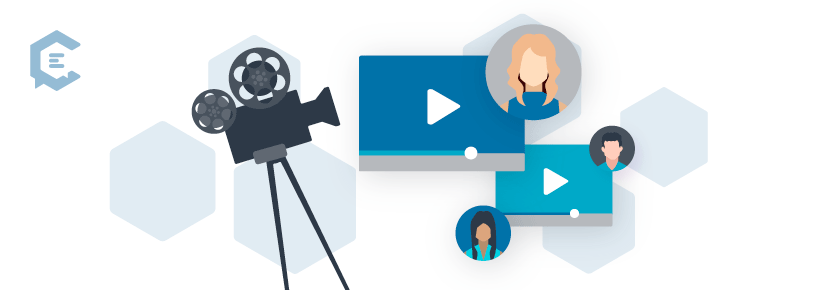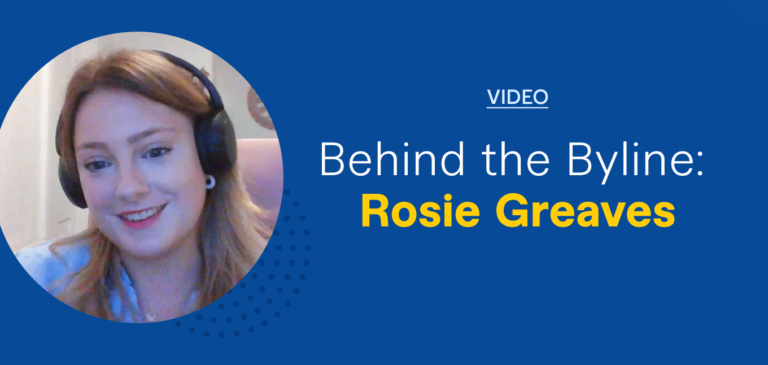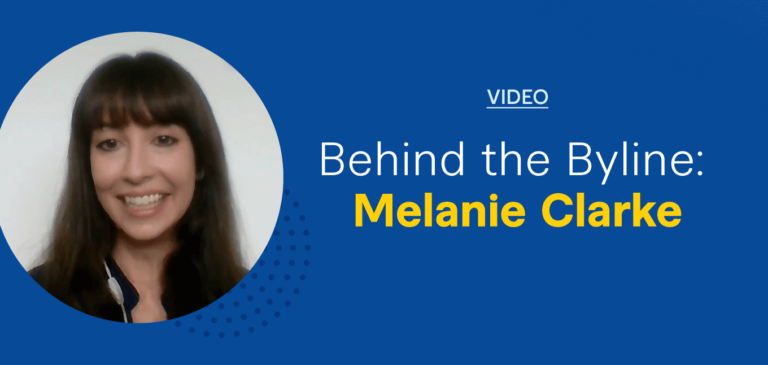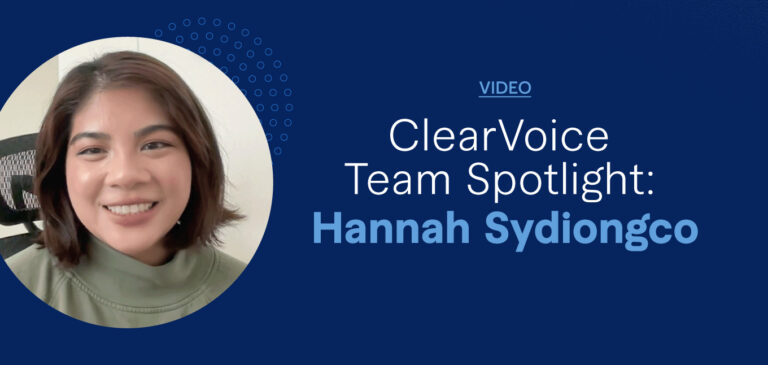Traditional outlets are dying daily. All the tried-and-true PR events, product launches, and cocktail meet-ups can no longer be scheduled. The traditional PR agency > in-house team dynamic has suffered a tremendous shakeup. Agencies have moved to the freelance model, and brands would just as soon hire teams of freelancers (or, as we’ve coined, teamlancers) now that traditional firms are all floundering to find their footing in remote work.
Many PR agencies were lightning fast to switch to new models of conducting their endless business, but not everything pans out. Some things, however, are creating new paradigms for the industry.
An incomplete list of the types of promotional events we’ve seen piloted in virtual spaces would include:
- Artist showcases
- Festivals
- Makers’ fairs
- Open houses
- Concerts
- Tastings
- Conferences
… and that’s just the beginning.
But all of these are consumer events. Media and industry people may attend, but they are not geared to them. PR’s purview, on the other hand, is media and trade activities. In many ways, the PR industry has been luckier than consumer event planners… at least PR events are still trying to run. But creating an experience that’s impactful, memorable and effective is difficult.
4 ways teamlancing supports virtual PR events
Here are four examples of how the PR industry is restructuring and forming different workflows that rely on teamlancing to create campaigns.
1. The live product launch is now a teamlance-powered virtual effort
In the old days, i.e. up till February of 2020, when a brand was launching a new product, they’d throw an event and invite people to see and learn about the product. These days, a mailer or delivery featuring the product is sent to a certain number of targeted key media. While it seems like an easier process, the logistics are actually tricky, especially if the mailer includes many components and an experiential virtual event is scheduled for people to experience it together.
Process
The client hires a freelance copywriting team for a product manifesto, and those teamlancers work with a corporate copy consultant on a PR release that goes out to the wires.
Another teamlance pod that specializes in talent pulls in four different brand ambassadors to create videos of the product. All of the brand ambassadors shoot their own footage, then collaborate in teamlance edit sessions. For the product launch, brand ambassadors publish their videos to their social channels, while the teamlance PR folks coordinate the delivery of the experiential media mailer to the key media.
Number of teams involved
5
Special component
Brand ambassadors are now being asked to create content on their own, thus creating a need for their own teamlance crews to tell stories from their perspective. Turns out, many brand ambassadors like this, since it provides a different perspective than the brands’ standby agencies have determined is the one and only.
2. Virtual networking events rely on teamlancers for seamless execution
Shmooze events are on a semi-permanent pause. Instead, a slew of virtual panels, virtual happy hours and other virtual networking events are bubbling up.
Process
A brand or organization decides to put on a virtual networking event. They create the lineup of speakers from their broad network – no need to worry about geographical constraints anymore unless it’s a regional org with a geo-targeted audience.
Oftentimes, the organizer works with marketing, design and social media teamlancers to make sure the event gets special featured placement in the company newsletter and social channels. If the boss feels the event is newsworthy enough, a freelance PR team may be engaged as well.
Ideally, all the panelists and presenters also have their own PR and social media teams working to promote their appearance at this event and add RSVPs to the attendee list. It behooves everyone these days to let your professional networks know you’re staying busy.
With the popularity of virtual backgrounds these days, it can be very fun if you have a little extra in the budget to put a graphic design team to work creating a few custom backgrounds just for the event.
During the event, the IT team runs the show and makes sure every attendee can find their way into the virtual room. This isn’t always automatic; sometimes a person will need to be serving as virtual list-keeper and letting everyone into a virtual room one by one. Once everyone’s managed to get in, the IT team makes sure that presentations can be accessed, the internet stays strong, and if a presenter drops off unexpectedly, they get right back on and are able to pull up their screen share.
Number of teams involved
5-15
Special component
As people become jaded by this type of event, organizers are becoming more inventive with programming — experimenting with everything from virtual speed-networking sessions to virtual townhalls to virtual fireside chats.
3. Community events with local business sponsors are aided by teamlancing
These events used to be the backbone of local PR and private business-community partnerships. Everything from pancake breakfasts at the rodeo to fundraiser 5Ks to veterans’ appreciation days at the local bank fall under this umbrella. And to be honest, it’s hard to move them into the virtual space. Some of the more creative publicists and event planners are trying though. The key is to replace pure leisure elements with other programming that is philanthropic to the locals, educational in a helpful way, or fun with a timely twist. For example, movie nights on military bases, or virtual food and wine tasting events where all the proceeds go to a local hunger-fighting charity.
The process
Coming up with successful ideas can be tricky because human interaction is truly integral to these events traditionally. My advice is to focus first on what you’re going to give to the attendees that they’ll appreciate and remember. Challenge the teamlancers — event organizers, marketers and community engagement — to ideate together over what this might look like. If you are bringing on a person or team based on what they might have done in the past, make sure and ask them: how is this going to be relevant and meaningful to people now? A speaker or performer who doesn’t typically switch up their act much needs to huddle with their own creative team and figure out how they can bring something special to this unique setting.
Number of teams involved
4-20+
Special component
People didn’t generally used to attend community events to learn something – even if that event was sponsored by the Chamber and ostensibly had a learning component. This is no longer the case. With so many people underemployed, learning as a hobby has gained in popularity. You may want to include more educational content than you normally would — and this may provide a reason for your executives to get out front and center.
- Giving advice
- Providing solutions
- Answering important questions (about timely or important topics such as health and personal finance)
- Offering access to experts
- Diversifying the invitee/attendee list
…this is how executives can score big points with the public and with media and community members alike.
After the programming lineup is created, there will be work to do for video teams, event teams, community engagement and PR teams. As planning progresses, you may wind up pulling in a catering/culinary team, a team to work on swag, and expert guests from your company that need a media training teamlancer before they can do their part. These teams may actually need to work right up until the day of the event.
4. The immersive journey and teamlancing go hand in hand
The junket is dead, and so is the press trip. Big conferences are canceled indefinitely. Will they come back? The forecast is uncertain. However, many PR professionals have decided not to wait until physical travel is safe to begin getting their destination or product in the public eye. Many are considering virtual trips and junkets… some generating more interest than others. Interestingly, one of the first to do so was Wuhan… and their target market was the United States.
Process
As with real trips, virtual ones are a collaborative effort between an organizer, a destination, and many on-the-ground destination partners that each chip in to contribute part of the experience. The organizer would need the most robust teams. Design and UX do the heavy lifting here — and indeed, we can predict that if this whole virtual experience market really takes off, consulting UX teams will become one of the most sought-after teamlance niches. While UX, production/filming and graphics works on creating the experiences, a PR team gets to work handling invitations. All the destination partners that will be featured have their own work to do, creating their own part of the virtual experience.
For museum, zoos and other feature attractions, this is probably something they’ve been working on already and just need to customize and make more in-depth for media and trade groups, with the teamlance support of:
- Video/editor teams
- App developer teams
- Story teams
- Social media teams
- Community engagement teams
… and other specialists. For businesses with smaller budgets and less UX savvy, putting together a virtual presentation might really be a stretch, unless they’re fortunate enough to know a creative team they can farm the whole thing out to. Or, in some cases, a Chamber of Commerce or local CVB can make introductions.
Number of teams involved
3-12
Special component
Remember, this does not have to be live. If you’ve got a local citizen personality that is a super crowd-pleaser, but is too far out or too elusive to be worth putting on an agenda when people have traveled, you can actually send a videography team to that person’s space ahead of the event and capture their part of the program in advance.







